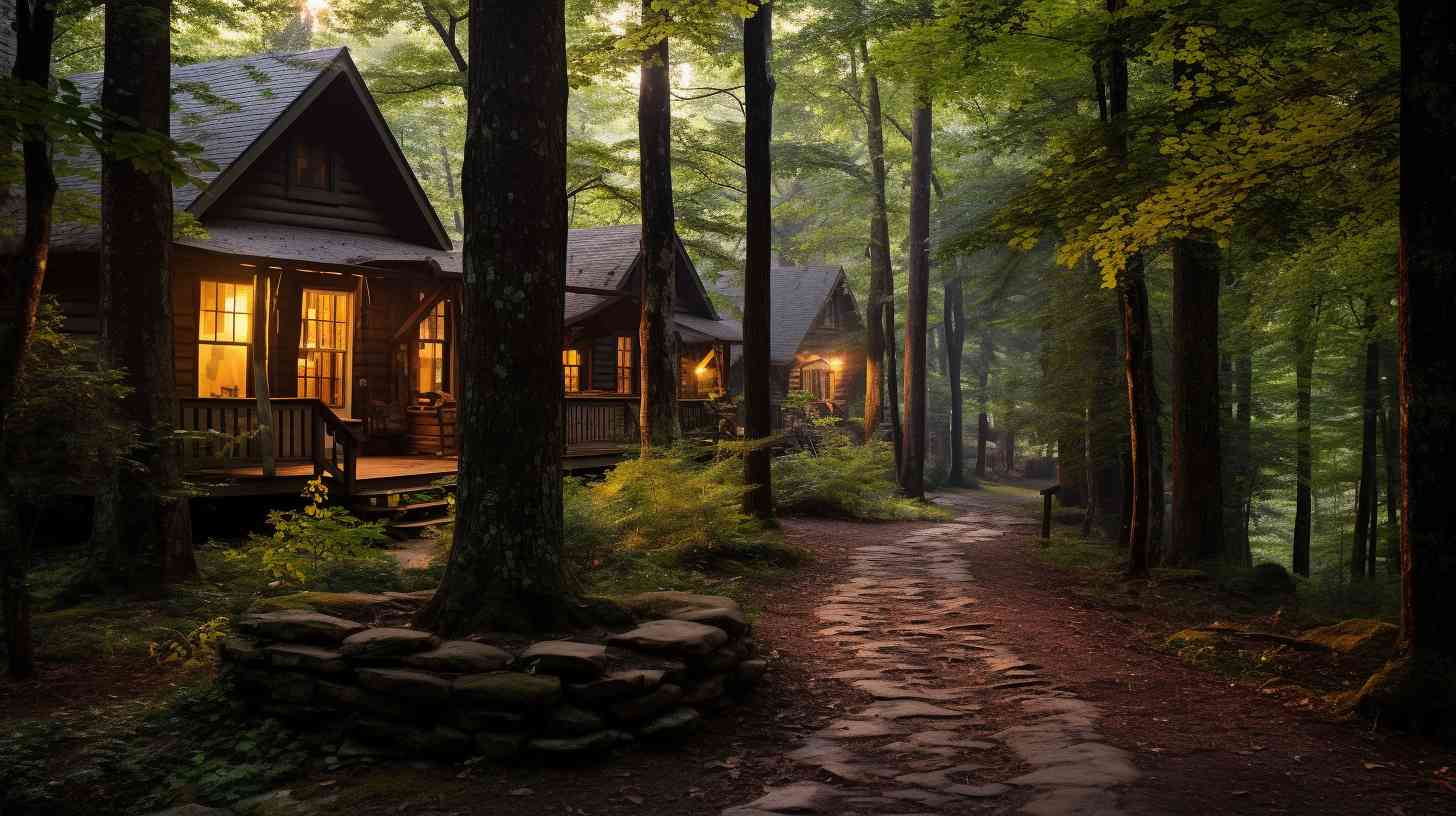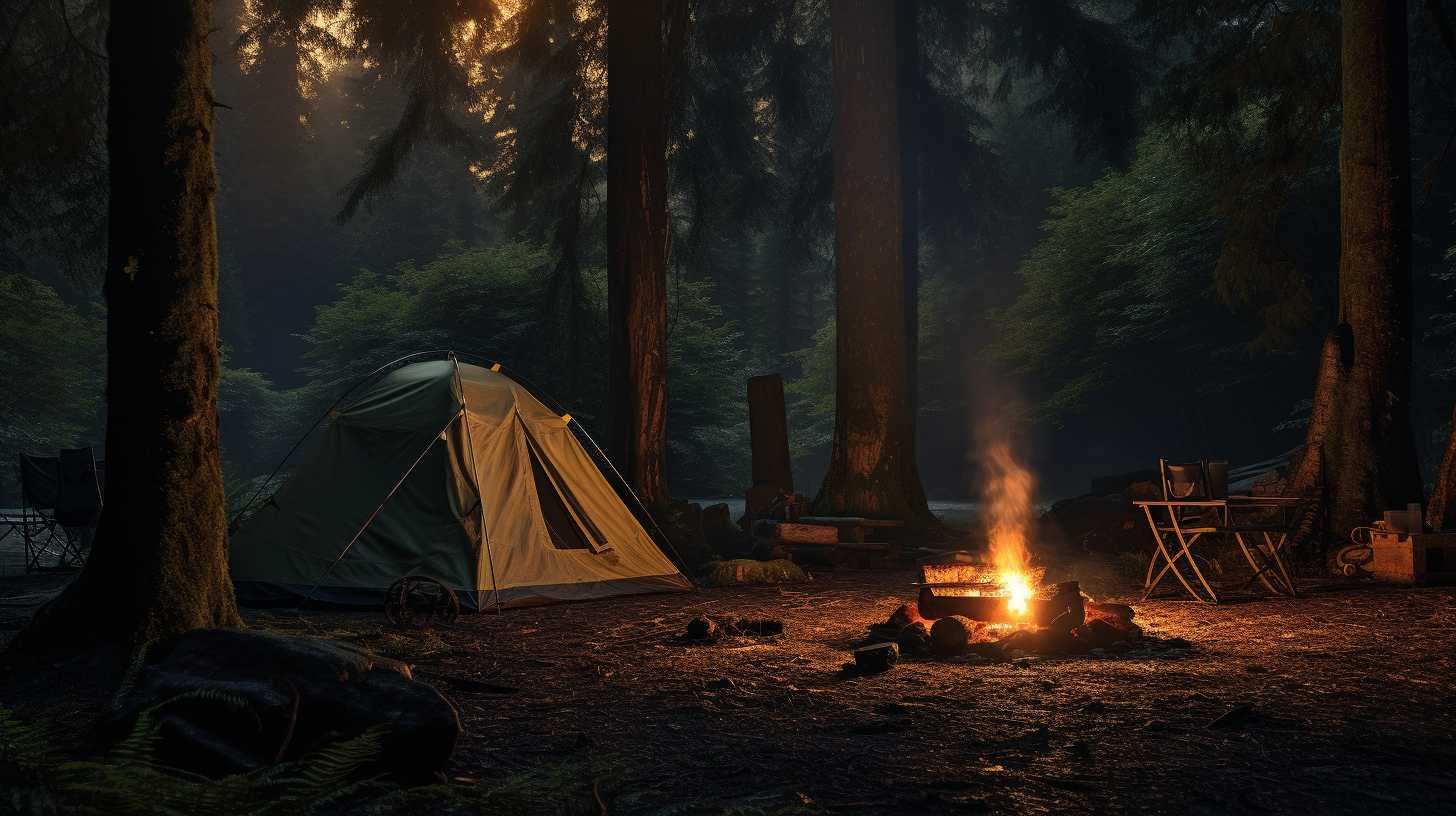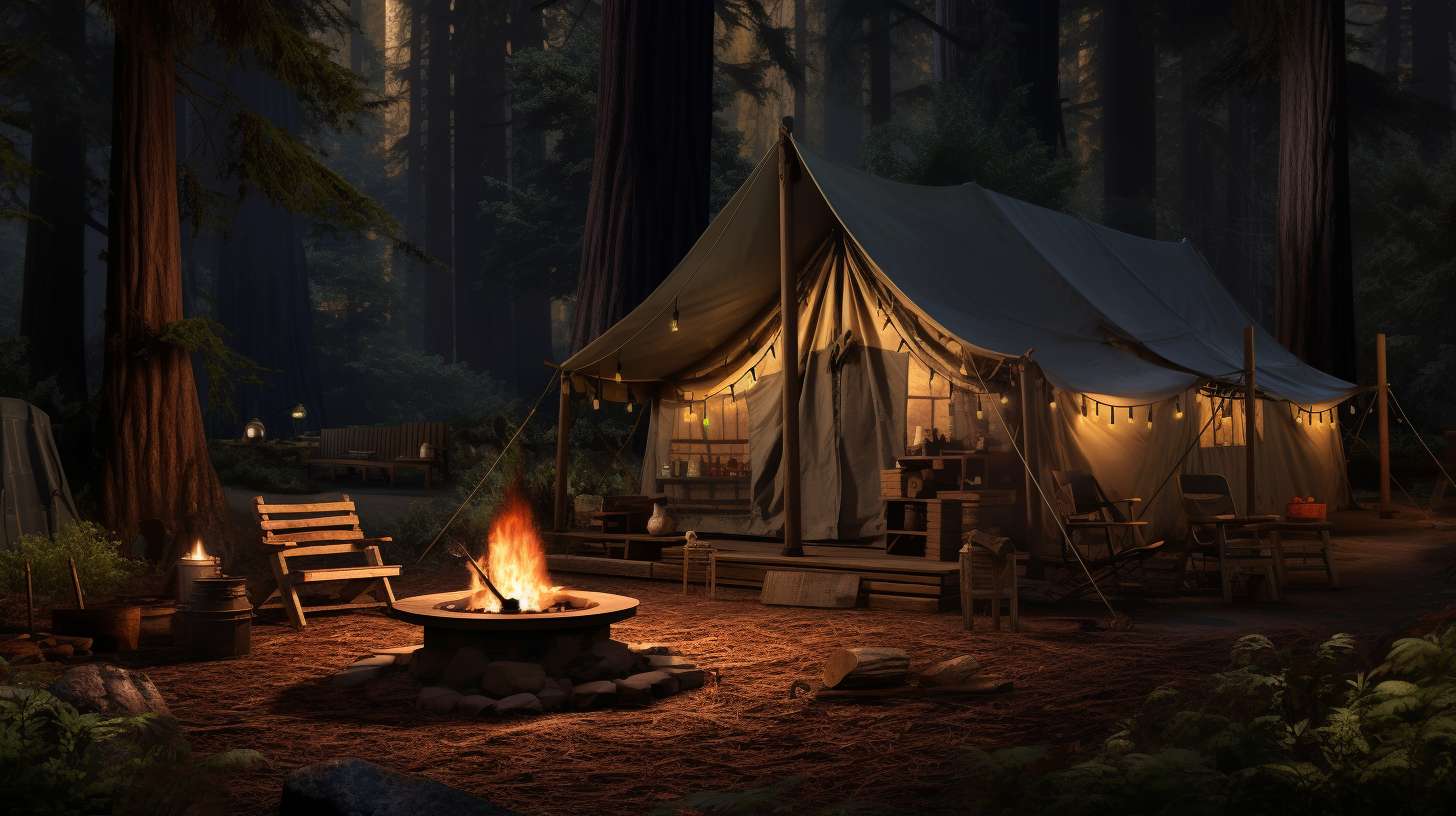
Can You Hike the Appalachian Trail Without Camping

Can you conquer the Appalachian Trail without pitching a tent? Discover the secrets of hiking this legendary trail while avoiding traditional camping.
From unique accommodations to essential gear, this article unveils the alternative options available to non-campers. Get ready to embark on an adventure like no other as you learn how to navigate this iconic trail without spending a single night under the stars.
Are you ready to challenge yourself and experience the Appalachian Trail in a whole new way? Let’s dive in!
Key Takeaways
- There are alternatives to camping along the Appalachian Trail that offer a more comfortable and convenient hiking experience.
- These alternatives include hostels, shelters, inns and lodges, campsites, and bed and breakfasts, each providing different levels of comfort and amenities.
- Planning the route and identifying key resupply points is important for non-campers, as it ensures access to food and other necessities during the journey.
- Essential gear for non-campers includes a lightweight backpack, sturdy hiking boots or trail running shoes, a water filtration system, quality rain gear, and alternative accommodations for a good night’s rest.
Reasons to Consider Alternatives
If you prefer a more comfortable and convenient hiking experience, you may want to consider alternatives to camping along the Appalachian Trail.
While camping can be a great way to immerse yourself in nature, it also presents certain challenges. One of the benefits of exploring alternatives to camping is the ability to enjoy a better night’s sleep.
Instead of sleeping on the hard ground in a sleeping bag, you could opt for staying in nearby cabins or lodges. This allows you to have a cozy bed, a hot shower, and a comfortable place to relax after a long day of hiking.
Another challenge of camping is the need to carry heavy equipment and supplies. By choosing alternatives, such as staying in hostels or bed and breakfasts along the trail, you can lighten your load and enjoy a more leisurely hike.
Types of Accommodations Along the Trail

To continue your comfortable and convenient hiking experience along the Appalachian Trail, explore the various types of accommodations available along the trail. Here are some options to consider:
-
Hostels: These budget-friendly establishments provide a roof over your head, hot showers, and a chance to socialize with fellow hikers. They often have kitchen facilities and laundry services, making your stay more comfortable.
-
Shelters: These rustic structures are scattered throughout the trail and offer a basic place to rest for the night. While they don’t provide the same amenities as hostels, shelters are a great option if you prefer a more immersive wilderness experience.
-
Inns and Lodges: If you’re looking for a break from the trail, inns and lodges located near the trail offer a cozy and comfortable place to recharge. They often have restaurant facilities, allowing you to indulge in a hot meal after a long day of hiking.
-
Campsites: For those who still want to experience the joys of camping without the hassle of carrying a tent, campsites along the trail provide designated areas with amenities like fire pits, picnic tables, and sometimes even showers.
-
Bed and Breakfasts: If you’re seeking a touch of luxury along the trail, consider staying at a bed and breakfast. These charming accommodations offer comfortable rooms, delicious homemade breakfasts, and a warm, personalized touch.
With these options, you can tailor your Appalachian Trail experience to fit your preferences, ensuring a memorable journey while still enjoying a good night’s rest.
Planning Your Route and Resupply Points
When planning your Appalachian Trail hike, it’s important to map out your route and identify key resupply points along the way. These resupply points will ensure that you have access to food and other necessities during your journey. There are several alternative routes you can take on the Appalachian Trail, each with its own unique challenges and attractions. To help you plan your route, here is a table that outlines some of the popular resupply points along the trail and the food options available at each location:
| Resupply Point | Distance from Start | Food Options |
|---|---|---|
| Springer Mountain, GA | 0 miles | General Store, Restaurants |
| Hot Springs, NC | 274 miles | Grocery Store, Cafes |
| Damascus, VA | 469 miles | Supermarket, Diners |
| Hanover, NH | 1,742 miles | Co-op, Bakeries |
Essential Gear for Non-Campers

Pack your backpack with the essential gear you’ll need for your Appalachian Trail hike, even if you don’t plan on camping. While you may not be spending nights in a tent, having the right gear ensures a comfortable and enjoyable journey. Here are five must-have items for non-campers:
-
Lightweight Backpack: Opt for a pack that’s designed for long-distance hiking, with padded shoulder straps and a supportive hip belt.
-
Comfortable Footwear: Invest in sturdy hiking boots or trail running shoes that provide ample support and cushioning to keep your feet happy on the rugged terrain.
-
Water Filtration System: Stay hydrated by bringing a lightweight water filter or purifier to treat water from natural sources along the trail.
-
Quality Rain Gear: Be prepared for unexpected showers with a waterproof rain jacket and pants to keep you dry and comfortable.
-
Alternative Accommodations: Instead of camping, consider staying in hiker hostels, lodges, or even renting a room in nearby towns for a good night’s rest.
Safety Tips for Non-Campers on the Trail
If you’re hiking the Appalachian Trail without camping, it’s important to prioritize your safety on the trail. While you may not be spending nights in the wilderness, there are still potential risks and hazards you should be aware of.
One crucial aspect of trail safety is practicing proper trail etiquette. Always yield to other hikers, especially those going uphill, and be respectful of the environment by staying on designated paths.
Additionally, be prepared for wildlife encounters. The Appalachian Trail is home to a variety of animals, including bears, snakes, and ticks. Carry bear spray and know how to use it, make noise to alert animals of your presence, and protect yourself against ticks by wearing long sleeves, pants, and using insect repellent.
Conclusion
So, if you’re not a fan of camping but still want to experience the beauty of the Appalachian Trail, fear not! There are alternatives available for you.
Whether it’s staying in cozy hostels or charming bed and breakfasts along the trail, you can still embark on this incredible journey without pitching a tent.
Just make sure to plan your route and resupply points accordingly, pack the essential gear, and follow safety tips to fully enjoy the wonders of the trail.
Happy hiking!
Disclaimer: Some information is provided through AI. Users should always conduct their own research and consult with qualified professionals before making any decisions.Affiliate information declaration: We may earn revenue from the products referred on this page and participate in affiliate programs.


